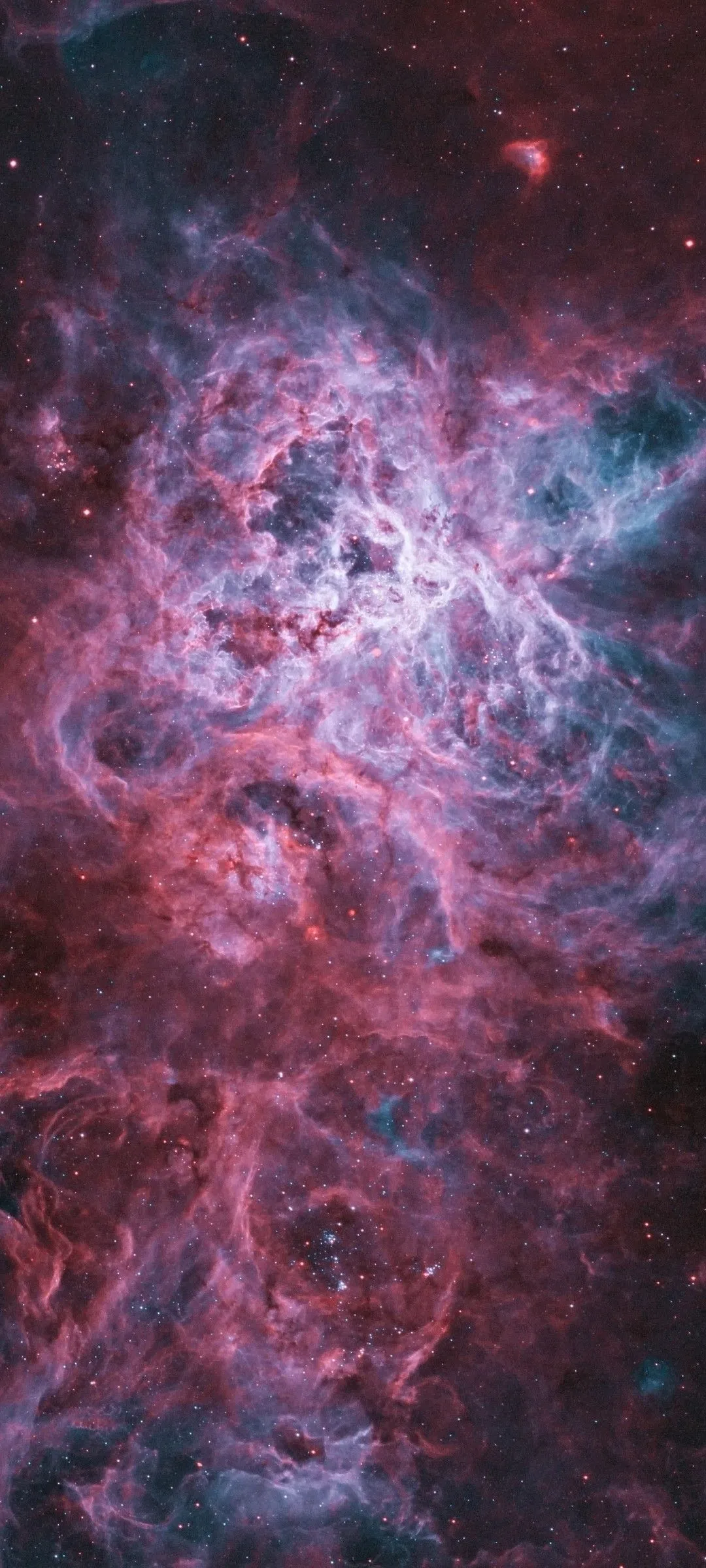What is the Tarantula Nebula?
The Tarantula Nebula, officially known as 30 Doradus, is a vast and vibrant star-forming region located in the Large Magellanic Cloud (LMC), a satellite galaxy of the Milky Way. Visible primarily in the southern hemisphere, it’s an extraordinary celestial marvel, teeming with young, massive stars and complex structures of gas and dust. Its name, ‘Tarantula’, comes from its spider-like appearance, particularly when viewed through telescopes. This immense nebula spans hundreds of light-years, making it one of the largest and most active star-forming regions in our local galactic neighborhood. The nebula’s dramatic features are sculpted by intense stellar winds and radiation from the many massive stars it cradles.
Understanding the Tarantula Nebula’s Significance
The Tarantula Nebula is a cosmic laboratory, providing astronomers with a unique opportunity to study the birth and evolution of stars. Its proximity to Earth and its high star formation rate make it an ideal target for understanding how massive stars form, how they interact with their surroundings, and how they ultimately die. The nebula is home to a super star cluster known as R136, which contains some of the most massive and luminous stars known. Studying these stars helps scientists refine models of stellar evolution and the processes that govern the life cycles of stars in general. Furthermore, the Tarantula Nebula offers insights into the chemical composition of the LMC, helping us understand the evolution of galaxies.
Where is the Tarantula Nebula Located?
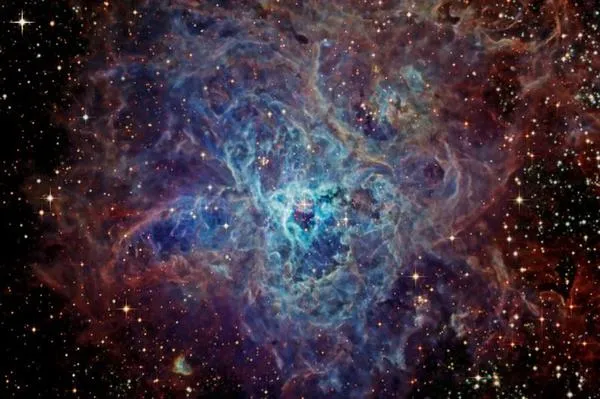
The Tarantula Nebula resides in the Large Magellanic Cloud (LMC), a dwarf galaxy that orbits our own Milky Way galaxy. The LMC is located approximately 160,000 light-years away from Earth. Due to its relatively close proximity and favorable viewing conditions, the Tarantula Nebula is one of the most studied objects outside of our galaxy. Observers in the southern hemisphere are best positioned to view the nebula, as it appears high in the sky during certain times of the year. Its location within the LMC provides valuable data about the star formation processes in different galactic environments, offering a contrast to the conditions within our own galaxy.
Finding the Tarantula Nebula in the Night Sky
Locating the Tarantula Nebula requires a bit of planning and the right conditions. Because it’s in the southern sky, observers in the northern hemisphere will have a limited viewing window. First, you’ll need to identify the constellation Dorado (the Goldfish), within which the nebula resides. The LMC itself is a relatively large, diffuse object, which can be found by using the pointers of the Southern Cross (Crux). Once you’ve located the LMC, the Tarantula Nebula is easily spotted within it, appearing as a bright, hazy patch even in modest binoculars. The ideal time to observe is during the months when Dorado is high in the sky, typically from late autumn through spring for southern hemisphere observers. Dark skies away from city lights will greatly enhance your viewing experience.
Best Time to Observe Tarantula Nebula Stars
The best time to observe the Tarantula Nebula is when it’s highest in the night sky, minimizing atmospheric distortion. For observers in the southern hemisphere, this typically occurs during the late autumn, winter, and early spring months. The exact time will vary depending on your location, but generally, the best viewing is from midnight to dawn. It’s crucial to check the local astronomical events calendar or a stargazing app to determine the precise visibility window for your specific coordinates. Furthermore, it’s important to observe on a moonless night, or at least when the moon is in its waning phase, to minimize light pollution and enhance the contrast of the nebula against the dark background of space. Clear skies are, of course, essential for any stargazing activity.
Equipment Needed for Observing Tarantula Nebula Stars
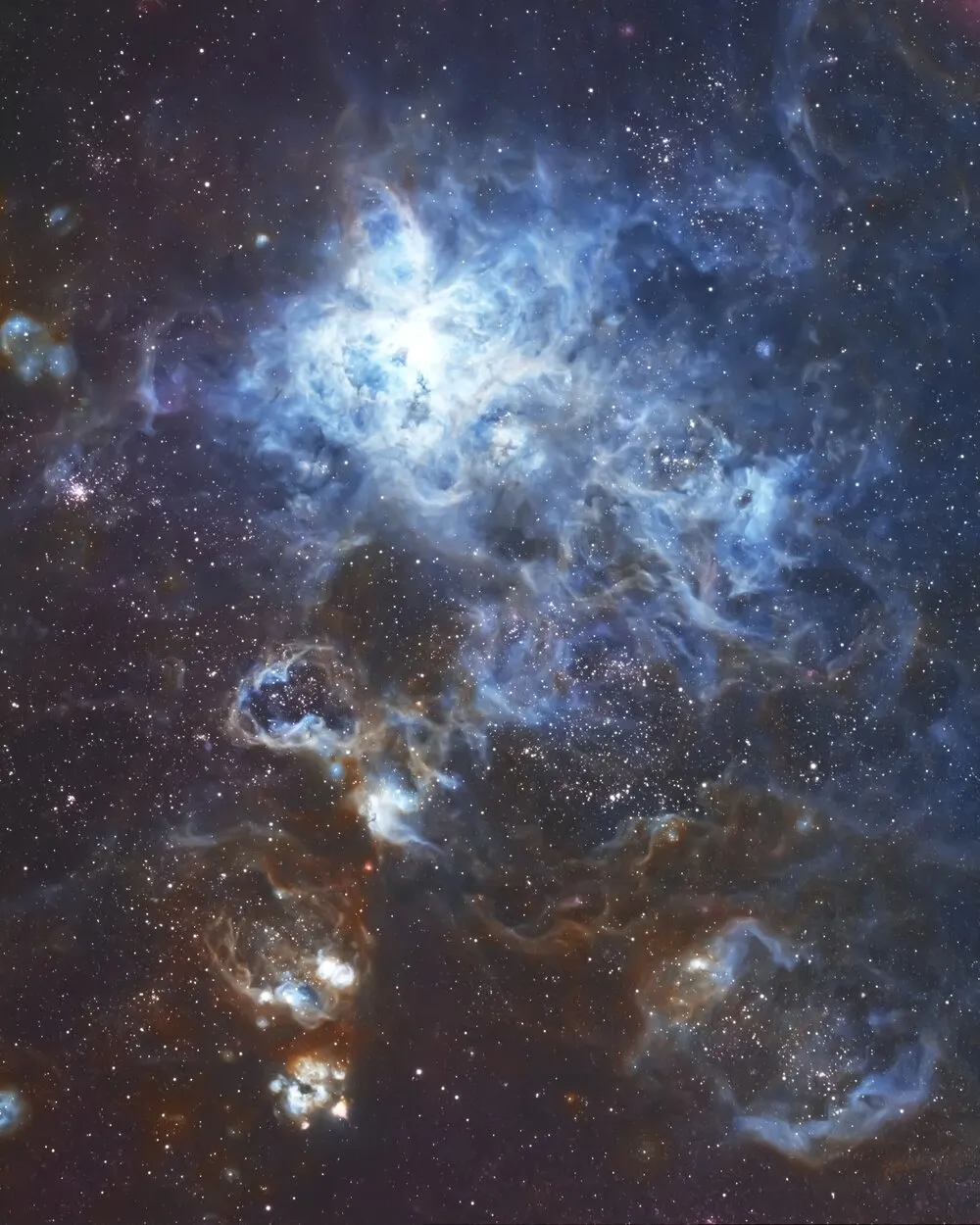
Observing the Tarantula Nebula doesn’t necessarily require expensive equipment, though it certainly enhances the viewing experience. At a minimum, you’ll need a dark sky and a basic pair of binoculars. Binoculars will reveal the nebula as a distinct, hazy patch, allowing you to appreciate its size and structure. For more detailed views, a telescope is highly recommended. A telescope with a larger aperture (the diameter of the lens or mirror) will gather more light, resulting in brighter and more detailed images of the nebula. Also essential are a stable tripod for your binoculars or telescope and a comfortable observing chair to reduce fatigue during long observation sessions. A red flashlight will help you preserve your night vision, and a star chart or astronomy app will aid in locating the nebula and identifying its features.
Telescopes for Tarantula Nebula Observation
Telescopes offer a much more detailed view of the Tarantula Nebula than binoculars. Reflector telescopes (Newtonian telescopes) are often a good choice due to their relatively low cost and ability to gather a large amount of light, which is essential for observing faint objects like the Tarantula Nebula. Refractor telescopes (lens-based) can also be used, but may be more expensive for a given aperture. For optimal viewing, a telescope with an aperture of at least 4 inches (100mm) is recommended, though larger apertures will yield significantly better results. Consider a telescope with a focal length appropriate for observing nebulae, which typically benefits from lower magnification and a wider field of view. Use a low-power eyepiece to begin, gradually increasing magnification as seeing conditions allow.
Binoculars for Tarantula Nebula Observation
Binoculars provide a great starting point for observing the Tarantula Nebula and are a readily accessible option for many. Any binoculars will show the nebula as a fuzzy patch, and larger binoculars, such as those with an aperture of 50mm or larger, will provide a much brighter and more detailed view. Look for binoculars with a magnification of 10x or lower, as this will provide a wider field of view, which is beneficial for observing extended objects like nebulae. It’s also important to use a stable platform, such as a tripod, to reduce hand shake and enhance the viewing experience. Even with binoculars, observing from a dark location is essential to maximize the visibility of the nebula. When observing, take your time, let your eyes adjust to the darkness, and scan the area slowly.
Observing Techniques for Tarantula Nebula Stars
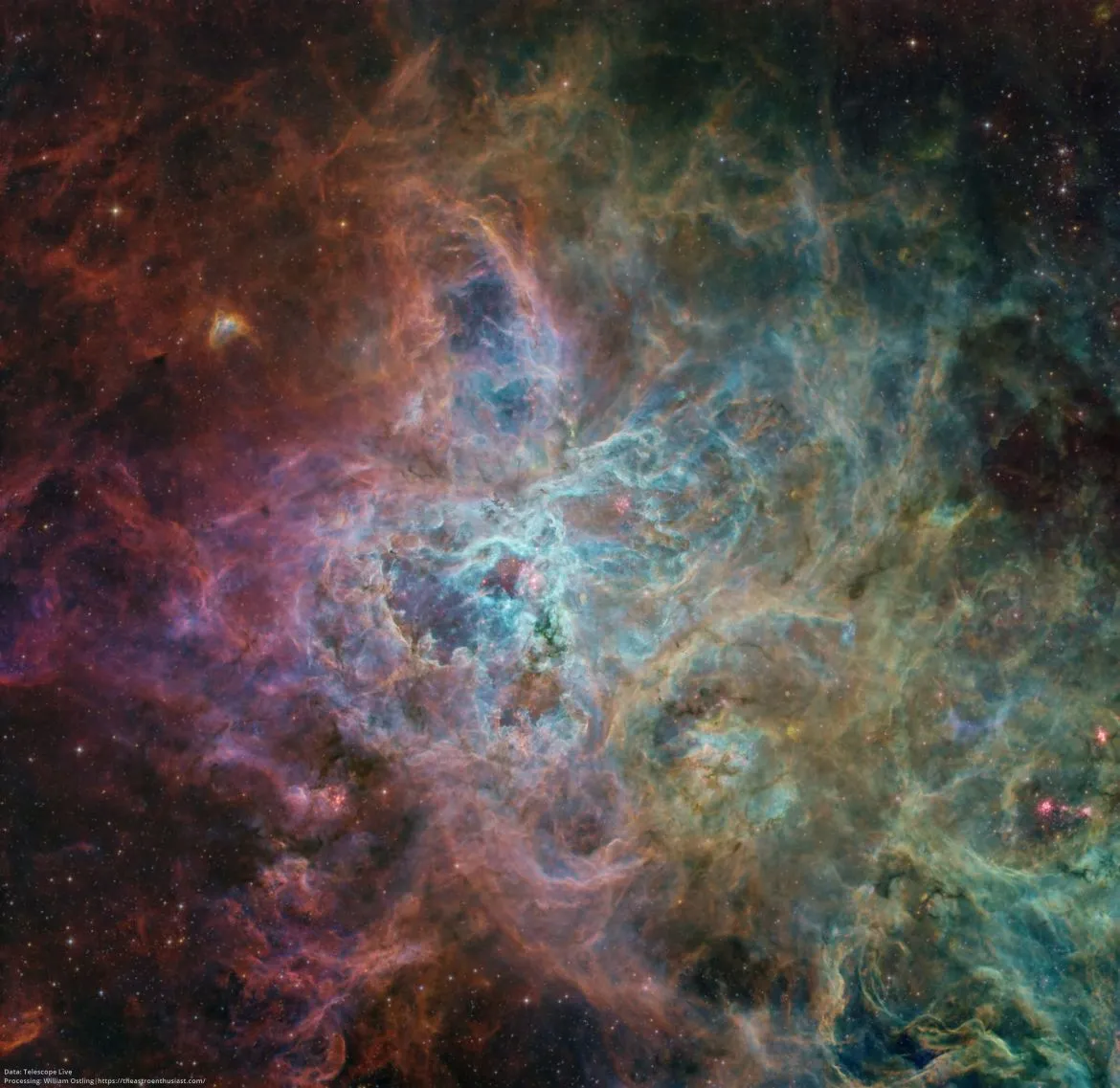
Successful observation of the Tarantula Nebula depends on a few key techniques. First, it’s crucial to let your eyes adjust to the darkness for at least 20-30 minutes before observing. This allows your pupils to dilate fully, maximizing your ability to see faint objects. Start by scanning the area with your binoculars or telescope at a low magnification. Look for the fuzzy patch that indicates the nebula. Use averted vision, looking slightly to the side of the object, as your peripheral vision is more sensitive to dim light. Focus carefully on the image to achieve the sharpest view. Take your time, and don’t be discouraged if you don’t immediately see all the details; the nebula’s features become more apparent with prolonged observation and experience.
Using Star Charts and Astronomy Apps
Star charts and astronomy apps are invaluable tools for locating the Tarantula Nebula. Traditional star charts provide a detailed map of the night sky, allowing you to identify constellations and celestial objects. Modern astronomy apps, available for smartphones and tablets, offer a more interactive experience. These apps use your device’s GPS and sensors to show you a real-time view of the night sky, including the location of the Tarantula Nebula and other celestial objects. Many apps also provide information about the nebula, such as its distance, size, and features. When using a star chart or app, familiarize yourself with the surrounding constellations and landmarks to aid in your search. Calibrate your app or chart to your specific location to ensure accuracy.
Optimizing Your Observing Location
The location of your observation significantly impacts your ability to see the Tarantula Nebula. The most crucial factor is light pollution. The less light pollution, the better. Urban areas with bright lights will severely limit your view of faint objects like the nebula. Seek out locations far from city lights, such as rural areas, national parks, or designated dark sky sites. Also, consider the viewing conditions. Clear skies are essential, but atmospheric stability also plays a role. Still, stable air conditions minimize twinkling and blurring, improving image clarity. Check the weather forecast for cloud cover and atmospheric conditions before planning your observation. Choosing a location with an unobstructed view of the southern horizon is essential as well, since the Tarantula Nebula is a southern sky object.
Light Pollution Considerations
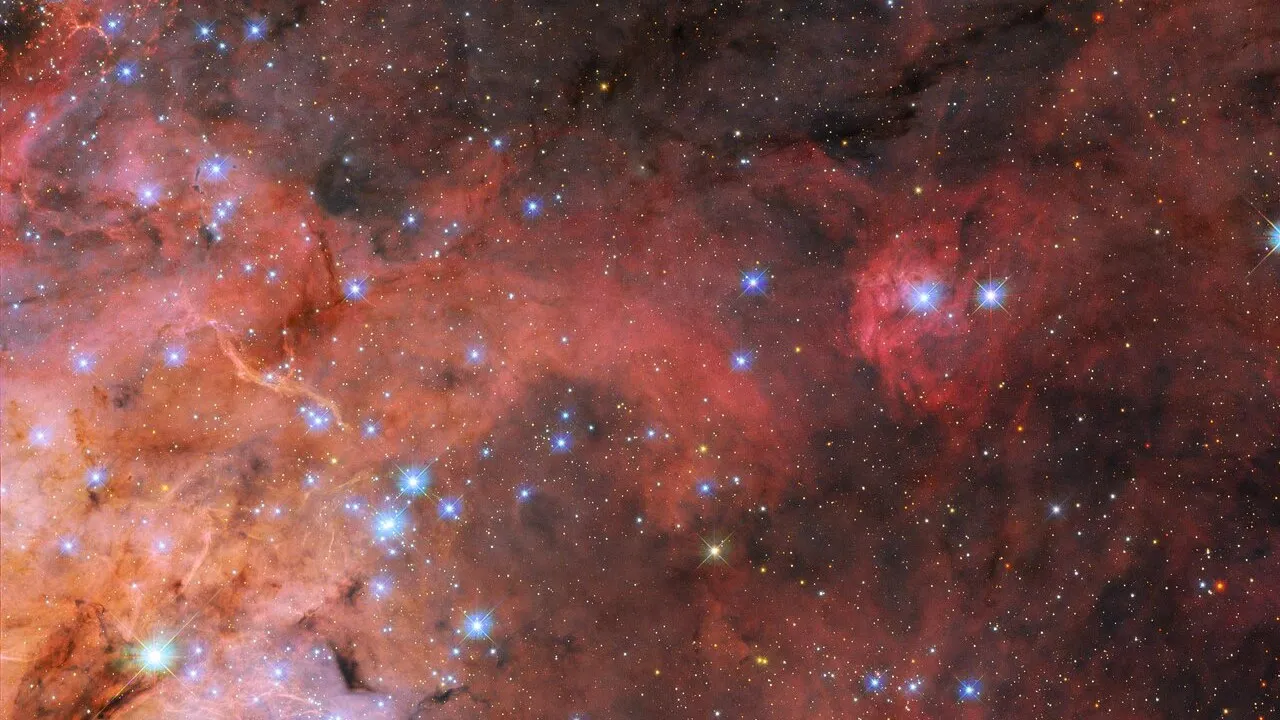
Light pollution is the bane of stargazing. It refers to the artificial light emitted by cities and towns that scatters in the atmosphere, obscuring the faint light from celestial objects. The Tarantula Nebula is a relatively bright object, but even it is significantly affected by light pollution. When planning your observation, prioritize locations with minimal light pollution. Use light pollution maps to identify dark sky areas near you. These maps provide visual representations of light pollution levels, helping you find the darkest locations. If you cannot travel far from your home, try observing from a location that is shielded from direct light sources, such as behind a building or a line of trees. Proper shielding and the use of light pollution filters can greatly improve your viewing experience.
Enhancing Your Tarantula Nebula Viewing Experience
Several techniques can enhance your viewing experience. Use a red flashlight to preserve your night vision. Red light does not significantly impact the rods and cones in your eyes that are responsible for night vision. Take breaks. Staring at a dim object for extended periods can cause eye strain. Take breaks to rest your eyes and allow them to readjust. Consider using a nebula filter. These filters are designed to block certain wavelengths of light, enhancing the contrast between the nebula and the background sky. Experiment with different eyepieces to vary the magnification and field of view. Invite friends or family to share the experience. Observing with others can make it more enjoyable. Lastly, be patient. The Tarantula Nebula is a subtle object; it often takes time and careful observation to appreciate its details.
Capturing Images of the Tarantula Nebula
Astrophotography allows you to capture the beauty of the Tarantula Nebula and share it with others. A basic setup requires a camera, a telescope, and a sturdy equatorial mount to track the movement of the stars. Start with a DSLR or mirrorless camera and a telescope with a focal length suitable for nebulae photography (around 600-800mm is a good starting point). Use a low ISO setting to minimize noise, and take long exposures (several minutes) to collect enough light from the faint nebula. Guided exposures, where the telescope is precisely tracked to compensate for the Earth’s rotation, are essential for obtaining sharp images. Post-processing is critical in astrophotography; use software to stack your images, reduce noise, and enhance the colors and details of the nebula. Learning astrophotography can be challenging, but the results are well worth the effort.
Astrophotography Tips for Beginners
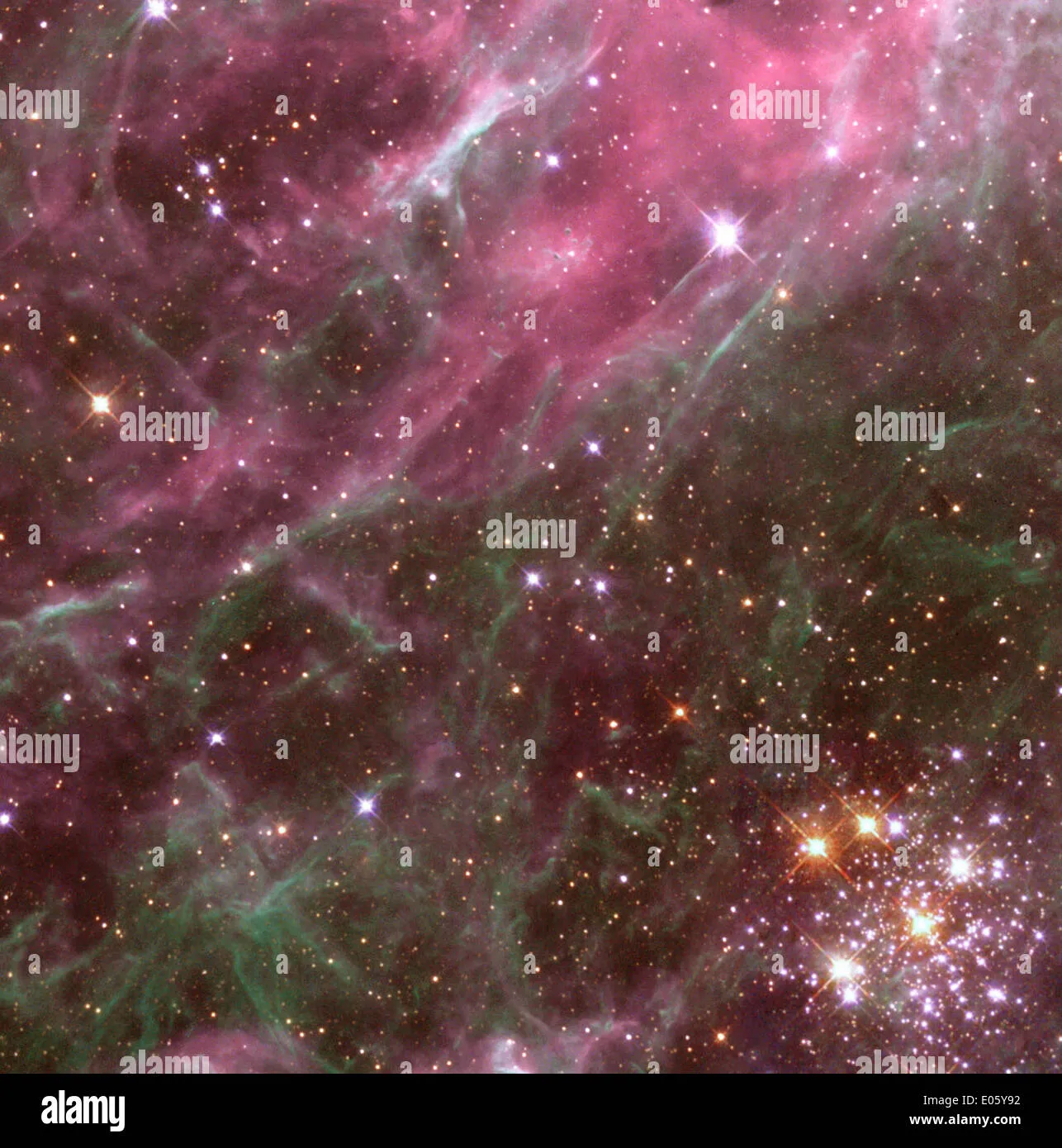
For beginners, start with a simple setup and learn the basics. A good starting point is to use a camera with a telephoto lens mounted on a sturdy tripod. Take short exposures (30 seconds to a minute) to avoid star trailing. Focus carefully on a bright star before your exposure. Experiment with different ISO settings to find the optimal balance between light collection and noise. Use a remote shutter release to avoid camera shake. Learn the basics of image stacking. This involves combining multiple images to reduce noise and increase detail. There are many free and paid astrophotography software packages available. Practice regularly and gradually refine your techniques. Join online forums and communities to learn from experienced astrophotographers. Be patient; astrophotography requires a lot of practice, and it will take time to master the art. Don’t be afraid to experiment and learn from your mistakes.
The Future of Tarantula Nebula Research
The Tarantula Nebula remains a focal point for astronomical research. Scientists continue to study the nebula to better understand the processes of star formation, stellar evolution, and galaxy evolution. Future research will leverage increasingly sophisticated telescopes and instruments, such as the James Webb Space Telescope (JWST), which can peer through the dust and gas to reveal unprecedented details of the nebula’s interior. Researchers are particularly interested in the formation and evolution of massive stars within the nebula’s cluster, R136. They also investigate the impact of stellar winds and radiation on the surrounding gas and dust. The Tarantula Nebula is expected to yield many more discoveries that will enhance our understanding of the cosmos.
Ongoing Studies and Discoveries
Ongoing studies of the Tarantula Nebula are constantly revealing new insights. Recent discoveries include the identification of previously unseen stellar populations, improved measurements of the mass and age of the stars in R136, and detailed analyses of the chemical composition of the gas and dust. Astronomers are using advanced computer models to simulate the complex processes occurring within the nebula, and they are comparing these simulations with observational data to refine their understanding. New observations from JWST and other powerful telescopes are revealing hidden details of the nebula, such as the formation of protoplanetary disks around young stars. The Tarantula Nebula provides a dynamic and evolving canvas for astronomers. It continues to reveal secrets about the birth and evolution of stars and galaxies.
